Ha Nam is located at the southern gateway of Hanoi, about 65km from the capital. This is a suitable land for spiritual, cultural and culinary tourism with famous historical relics, landscapes and craft villages.
When to travel to Ha Nam?
Ha Nam has a climate similar to the provinces in the Red River Delta: hot and humid summers and cold winters. This place is suitable for visiting in all four seasons, but if you cannot stand the heat, you should come in autumn or winter. Festival season is from January to March every year. On the 15th day of the 4th lunar month, there is a Buddha's birthday festival, suitable for visiting temples.Move
Ha Nam is located at the southern gateway of the capital Hanoi with the capital city of Phu Ly. If you go from Hanoi to other provinces such as Nam Dinh , Ninh Binh, Thanh Hoa, you will most likely have to go through Ha Nam. In addition to personal vehicles, if you choose a bus to Ha Nam, you can refer to Sao Viet bus running from 10am to 9:30pm, ticket price 80,000 VND, travel time 1 hour. Cheaper options are Viet Trung bus and Thien Truong bus, ticket price 50,000 VND, travel time 1.5 to 2 hours. If you want more privacy and comfort, you should take a limousine with a price of 90,000 VND per ticket, you can refer to Thoi Dai 4.0 bus or Cuong Phat bus. Phu Ly station is one of the important stations on the North - South railway line. Ticket price from 60,000 VND per person and travel time is more than 1 hour from Hanoi. The train is on time and cheap but inconvenient in terms of time because there are only fixed time slots, but you can leisurely enjoy the scenery along the way and experience the feeling of traveling by train. Currently, Ha Nam does not have a civil airport, tourists from further localities fly to Hanoi and then move.Discover
Ba Danh Pagoda
The three-room house, typical of the Northern Delta, is built with 16 ironwood pillars and has a history of over 100 years. Photo: Ngoc Thanh

Panoramic view of Kem Trong from the bank of the Day River. Photo: @nguoicodo

Tam Chuc Pagoda Complex. Photo: Vietravel
The Sutra Pillar Garden is a set of restored sutra pillars similar to the national treasure sutra pillars of Nhat Tru Pagoda, the ancient capital of Hoa Lu, Ninh Binh. There are currently 32 sutra pillars 13.5 m high, about 2 m wide, and weighing about 200 tons. Tam The Palace 39m high, 5,400m2 wide floor, enough for 5,000 Buddhists to worship at the same time. In the temple are 3 bronze Buddha statues symbolizing "Past, present, future". Each statue weighs more than 200 tons, behind each statue is a gold-plated Bodhi leaf.
Tam The Temple with 3 giant Buddha statues. Photo: Ngan Duong
Ngoc Pagoda on That Tinh Mountain is made entirely of red granite, inside is a statue of Buddha made of ruby weighing 4,000 kg. To reach the pagoda, visitors must climb 299 stone steps. From here, you can see the whole view of Tam Chuc Pagoda. In addition, visitors can visit Quan The Am Bodhisattva Palace , where the 100-ton bronze Buddha statue is located, or Phap Chu Palace with a 150-ton bronze statue. Other attractions are Tam Chuc communal house and Luc Nhac Lake area.
Each year, a household can sell from 3,000 to 4,000 pots of braised fish. Photo: Ngoc Thanh
Specialty
Phu Ly rice rolls Phu Ly rice rolls are the most famous specialty of Ha Nam. The rice rolls here are made from delicious and high-quality Tam Xoan rice. After being soaked in water for 3-4 hours, Tam Xoan rice is ground into a watery powder and then spread on a steamer. The rice rolls are spread to a moderate thickness, crispy and are vegetarian, without meat or wood ear mushrooms. Standing out on the white rice paper are layers of golden, fragrant fried onions, with a few drops of fat added to increase the richness of the cake.
Grilled rice rolls with grilled pork in Phu Ly. Photo: Van Anh
Diners eat it with sweet and sour fish sauce, with pickles made from kohlrabi, carrots and grilled meat seasoned to taste. The grilled meat is not too dry, not too fatty but fragrant, soft and sweet. Many tourists think that Phu Ly rice rolls are a combination of Thanh Tri rice rolls and Hanoi vermicelli with grilled pork. The dish has a unique flavor, making it different from other types of rice rolls in the country. You can enjoy this dish at any rice roll shop in Ha Nam with prices ranging from 30,000 to 50,000 VND per serving. Rice noodles, rice noodles with perch Ha Nam is a low-lying area, so there are many natural perch. If you come to Phu Ly when the fish have eggs, you will have the opportunity to enjoy fragrant pieces of perch, with fatty fish eggs.
Tilapia can be deep-fried or sauteed in oil, depending on the restaurant. Photo: Van Anh
The famous perch vermicelli in Ha Nam is because of the delicious broth made from perch bones. It is served with vermicelli and perch with mustard greens and herbs to enhance the aroma. The mustard greens must be sweet mustard greens or Chinese mustard greens to balance the richness of the perch meat. The perch rice noodles have small, opaque white fibers, not large or yellow like other places. The noodles are chewy and do not break when left in the broth for a long time. The seller will arrange the fish in the middle of the rice noodles bowl, surrounded by chopped, cooked mustard greens and then pour the broth over it. The broth is not fishy, sweet and has the aroma of fresh ginger. The dish served to diners is quite full, with lots of noodles and fish. Only an adult with a strong appetite can finish the whole portion. A bowl costs about 30,000 VND. Vu Dai village braised fish Vu Dai braised fish is known as the most famous specialty of Ha Nam because of the quality of the input materials combined with the elaborate processing steps. A pot of braised fish must be boiled continuously for 14 hours. When it dries out, add more water and the heat must not be too high, otherwise the fish will burn. The fish chosen to be dried are black carp weighing from 4 to 6 kg or more, raised naturally or purchased for braised fish. In addition to fresh salted fish, the braised pot also contains pork belly and other typical country spices. A standard pot of fish has firm meat, soft bones, spices mixed into each piece of fish, when eaten it has a rich, spicy and sweet taste, not salty.
When the fish pot boils, the cook will add lemon juice and bitter candy. Squeezing lemon juice into the braised fish while the heat is high will help the fish meat soften quickly. Then they add boiling water until the fish is tender. Photo: Ngoc Thanh
Binh Luc fish sauce
The finished product of Binh Luc fish sauce has a beautiful cockroach-wing color, the fragrant taste of galangal, the salty taste of salt and the hot spicy taste of ginger... very suitable for dipping sauces or preparing other dishes. Customers can buy directly in Binh Luc district with a reference price of 50,000 VND for a 500 ml bottle.
Dragon Wine
The winemakers in Voc village are always loyal to a recipe for distilling wine. That is, they cook it with delicious specialty rice and ferment it with Vietnamese yeast consisting of 36 traditional Chinese herbs. From the time of fermenting, they have to wait 2 to 3 days for the yeast to rise before opening it. The wine rice is also cooked just right, not too dry or too mushy, fluffed and cooled before sprinkling with yeast, then put in a ceramic jar and ferment for 48 hours, when it is plump, water is added, and after 2 nights, it is used to make wine. A jar costs from 120,000 VND.
Royal Banana

Dai Hoang royal bananas are loved by many people because they are delicious and associated with a good cultural history. Photo: Do Hien
Dai Hoang royal bananas are also popularly known as "royal" bananas because of their yellow skin, fresh green stems, and beautiful, even fruit. Dai Hoang people recorded in local history books that once King Tran and his entourage sailed from Thang Long citadel to Thien Truong palace, stopping at Ly Nhan and tried the local banana variety. Seeing the delicious fruit, the king rewarded it and ordered the people to propagate it.
Dai Hoang bananas are very picky about soil, and their characteristics are only suitable for the strip of land along the Chau Giang River flowing through some communes of Ly Nhan district. Therefore, the process of growing and caring for this type of banana also requires a lot of effort. Bananas cost 30,000-50,000 VND per kg.
Du Hy
Source






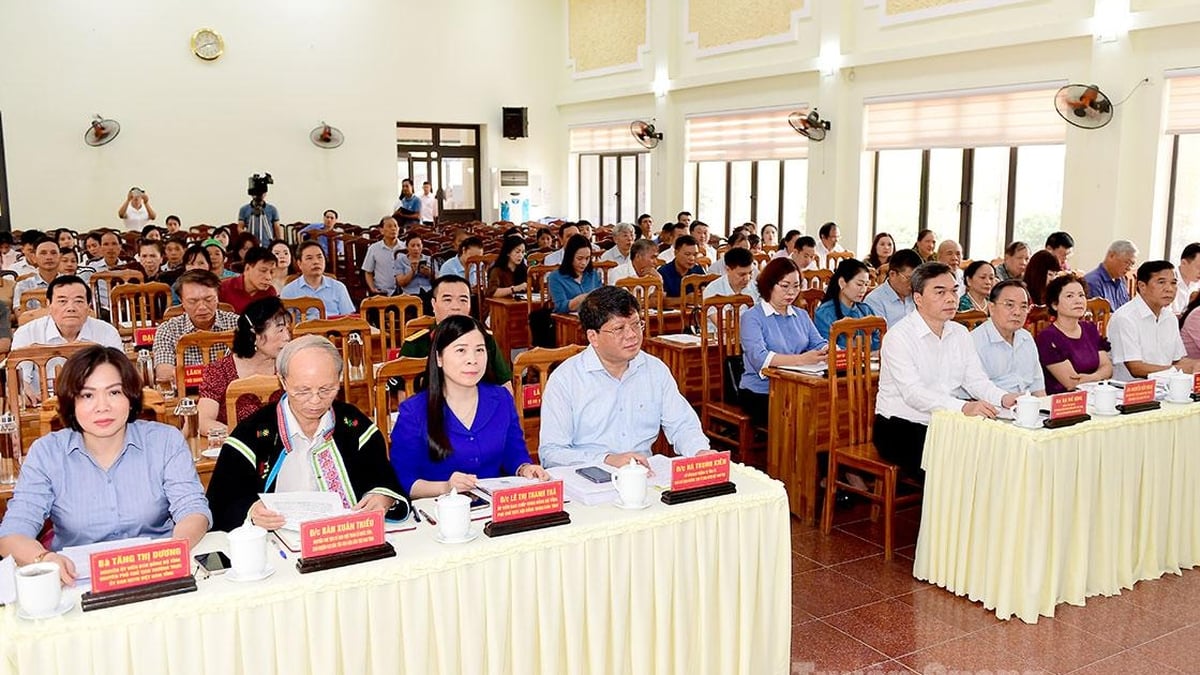
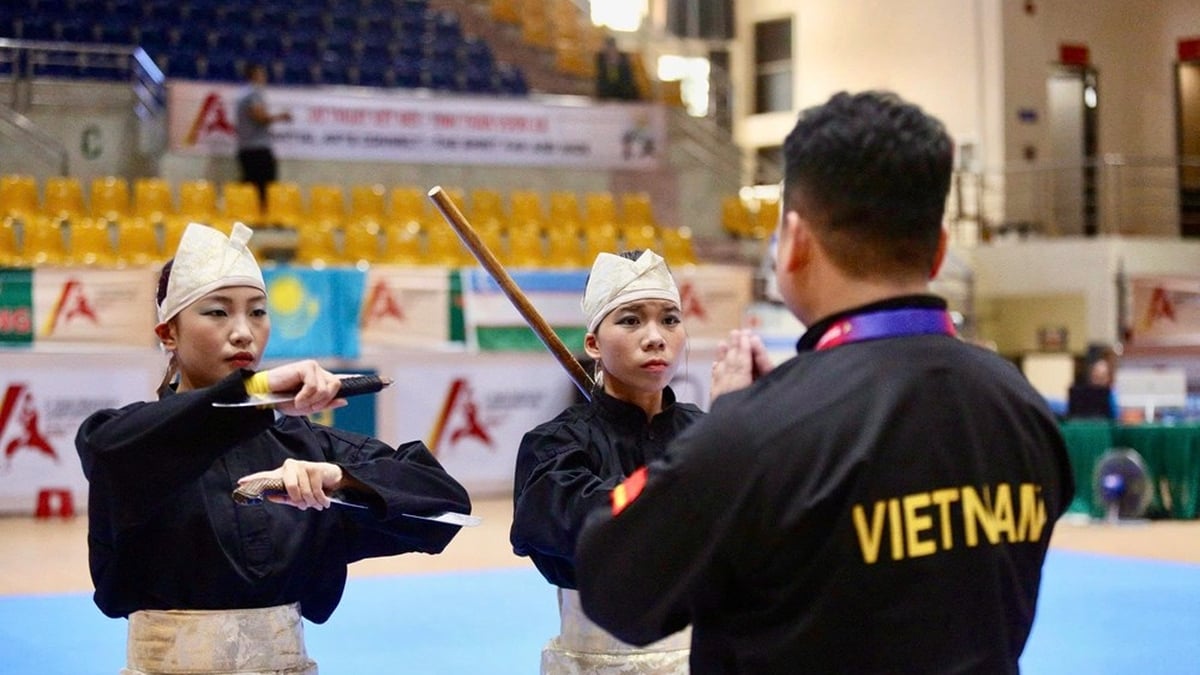

























![[Photo] National Assembly Chairman attends the seminar "Building and operating an international financial center and recommendations for Vietnam"](https://vphoto.vietnam.vn/thumb/1200x675/vietnam/resource/IMAGE/2025/7/28/76393436936e457db31ec84433289f72)


















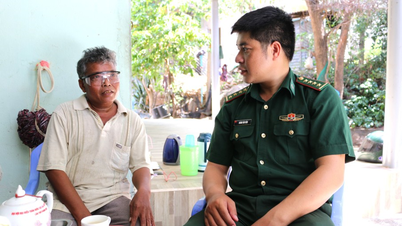








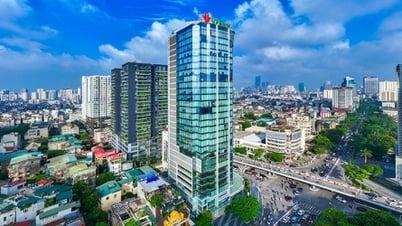


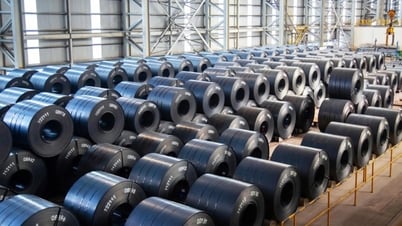


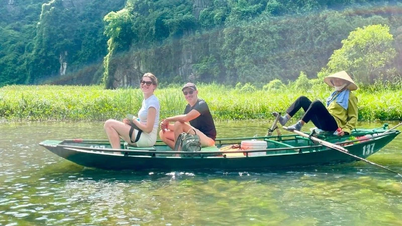






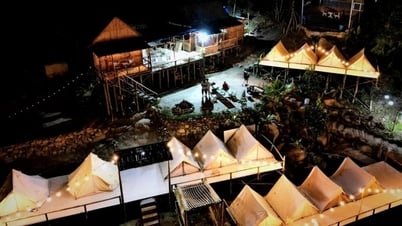





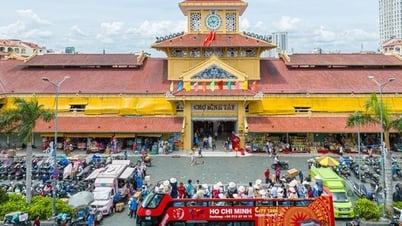
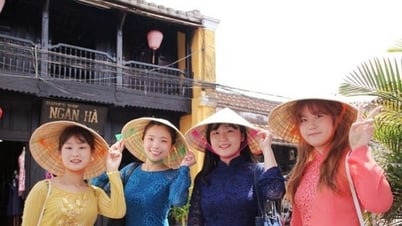












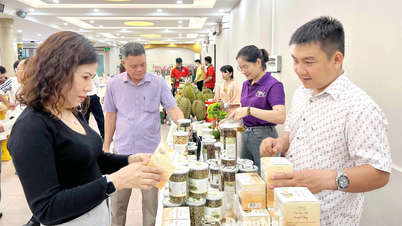






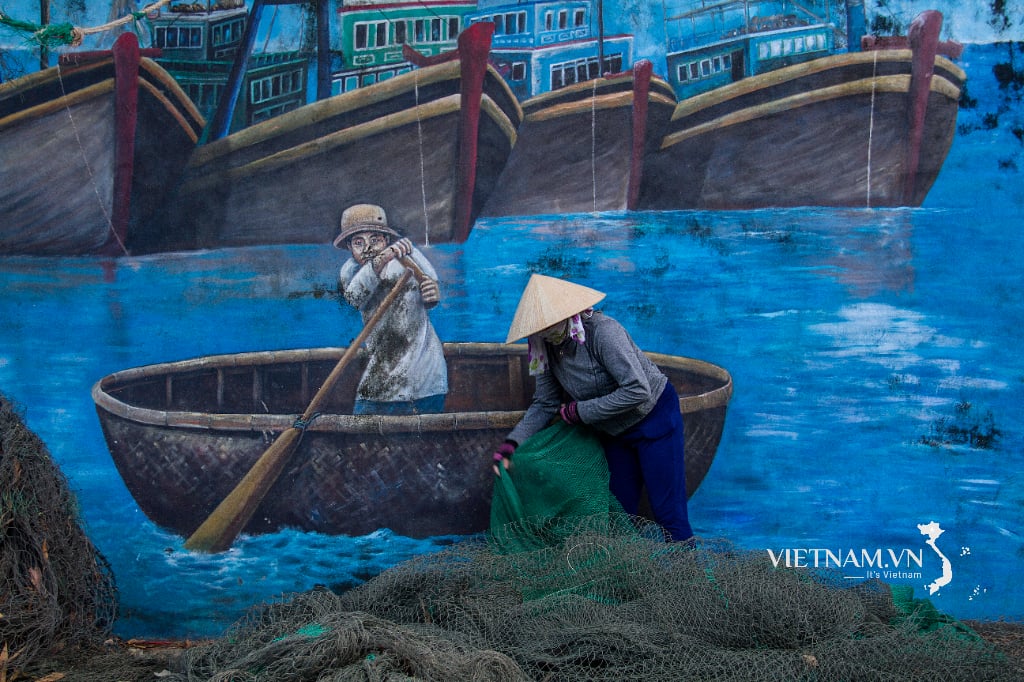


Comment (0)